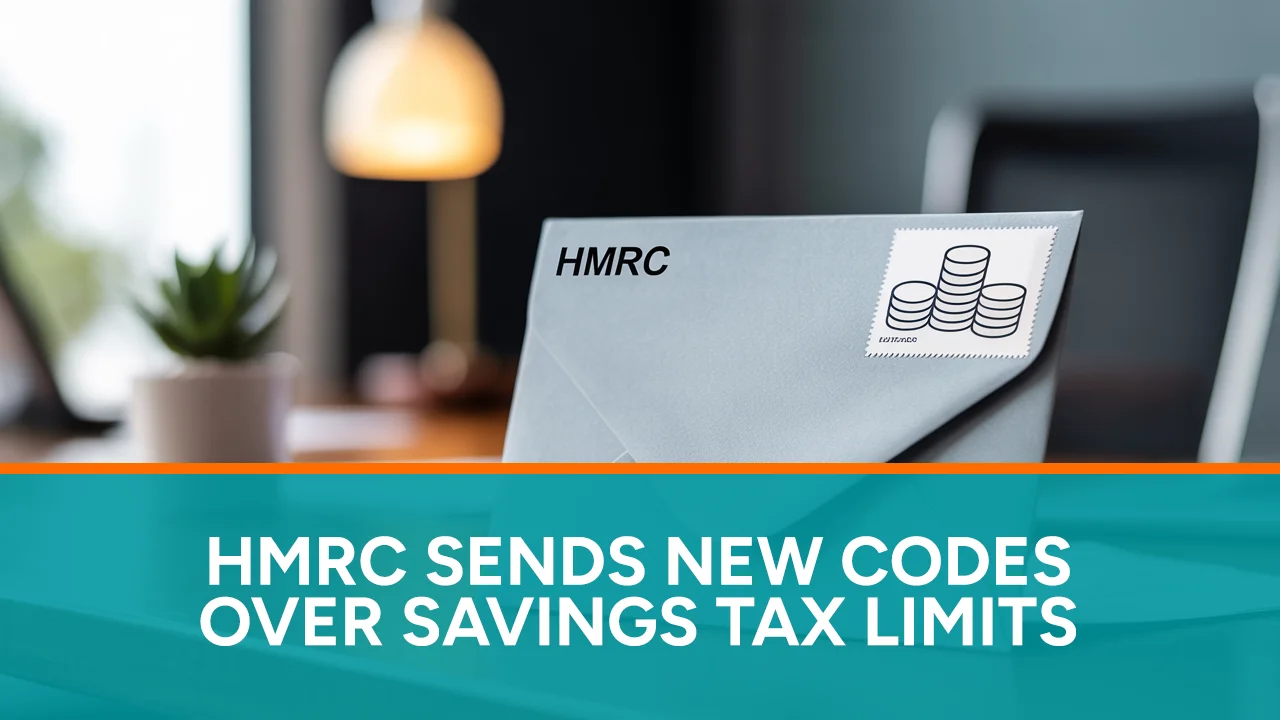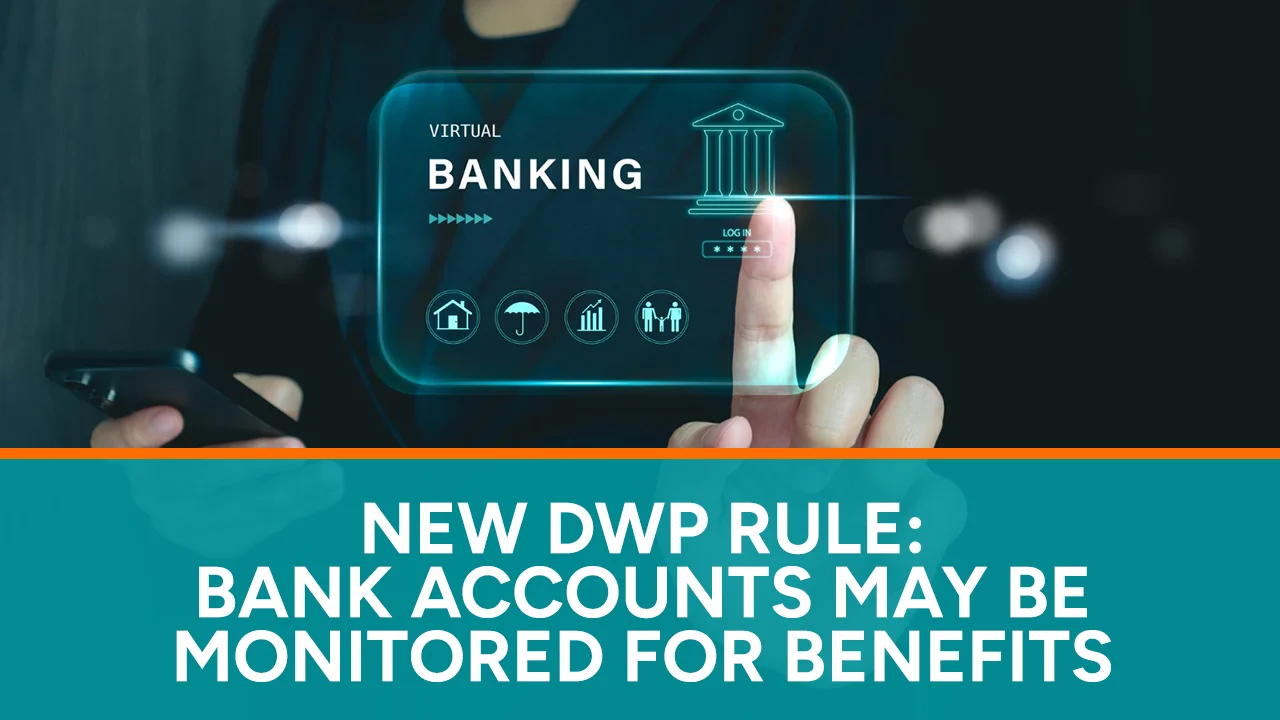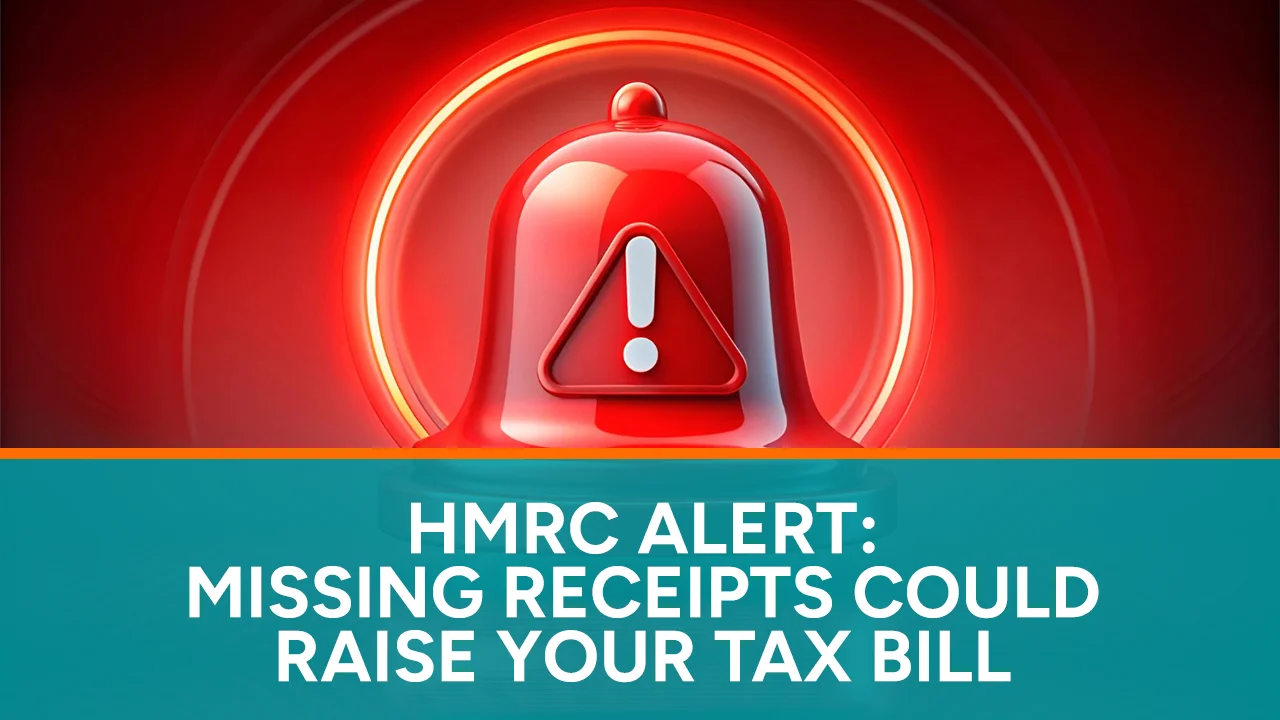Did you get a new tax code from HMRC and wonder why? You’re not alone. Many UK taxpayers have seen sudden and confusing changes to their codes this year. While some think it’s because of a pay rise or job change, the real reason might be your savings account.
This year, the HMRC tax code update for 2025 has surprised many people. Some workers have noticed a drop in their take-home pay because HMRC is taking deductions directly from their salary. The reason? Interest earned on savings accounts that are not part of an ISA.
If you’re saving for a home, retirement, or an emergency fund, this could affect you. Let’s explain what’s happening, how HMRC makes changes, and what you can do to protect your money.
Understanding the Role of Savings Interest in Tax Codes
Each year, HMRC checks taxpayer information to find changes in income and finances. Many people overlook savings interest, but it can have a big impact. If you earn interest outside of a tax-free account like an ISA and it goes over certain limits, you’ll have to pay tax on it.
Here’s how it works: Your bank or building society sends your annual savings interest to HMRC. When HMRC receives this information, it can change your tax code because of the interest. These changes adjust your personal allowance to reflect the tax owed on your interest income.
This is an essential part of how HMRC taxes savings. It’s legal, automatic, and often goes unnoticed until you see a smaller payslip.
What Is the Personal Savings Allowance in the UK?
The Personal Savings Allowance in the UK shows how much interest you can earn on your savings without paying tax. This depends on your income and tax band:
- Basic rate taxpayers (earning £17,570–£50,270) can earn up to £1,000 in savings interest tax-free.
- Higher rate taxpayers (earning £50,270–£125,000) can earn only £500 in savings interest tax-free.
- Additional rate taxpayers (earning over £125,000) have no tax-free allowance.
What happens if you go over this allowance? That’s when the tax on savings interest in the UK applies. HMRC adjusts your PAYE tax code to deduct the estimated tax, which reduces your take-home pay.
Remember that inflation and higher interest rates mean savers are earning more now. This is good news, but it could also push you over the limit and lead to an unexpected tax bill.
Real-Life Scenario: When a Fixed-Rate Account Triggers Tax
Let’s consider a real example. Imagine you put £10,000 into a three-year savings account with a 5% annual return. Instead of getting interest each year, you receive it all at once when the account matures. This gives you £1,500 in interest in one tax year.
Sounds great, right? But there’s a problem: if you are a basic rate taxpayer, that £1,500 is more than your £1,000 personal savings allowance. So, HMRC taxes £500 of it. If you had received the interest over three years, you probably would have stayed within the allowance.
This shows how lump-sum interest can affect your taxes. It explains why some people see changes in their tax codes even if their jobs and salaries haven’t changed.
Why HMRC Is Updating Tax Codes Mid-Year Too
Many people think HMRC only changes tax codes in April, at the start of the new tax year. However, HMRC can change your code at any time. If your bank reports your interest earnings later or your financial situation changes, they may update your code.
Suppose you’re asking, “Why did my tax code change?” during summer or autumn, this might be why. A change in your expected taxable interest, especially from bank-reported savings, can cause a mid-year tax code adjustment.
The result? You might take home less money starting right away. This is part of HMRC’s effort to collect taxes more actively, but it often confuses taxpayers.
PAYE Tax Code Adjustments: How the System Works
To avoid big tax bills at the end of the year, HMRC uses your PAYE tax code to collect tax evenly throughout the year. They estimate your savings interest based on what you earned last year.
If you earned £1,200 in interest last year and are a basic rate taxpayer, HMRC might think you will earn a similar amount this year. They will adjust your tax-free personal allowance and collect the tax through PAYE.
If you don’t expect to earn as much this year, it’s important to contact HMRC or ask your accountant for help to correct the figures and avoid overpaying.
Can You Avoid Being Caught Out by These Changes?
Sure! Here’s a simplified version of the content:
- To stay ahead, understand the UK savings tax allowance and plan your savings wisely.
- Using ISAs is the easiest and most tax-friendly option. The best part about ISAs is that you won’t pay tax on any interest you earn.
- Also, spread your savings across different products with various maturity dates. This helps avoid a big interest payment that could exceed your allowance in one tax year.
- Finally, keep an eye on your income level. A small raise or bonus might move you to a higher tax bracket, which can lower your personal savings allowance and make your interest taxable.
When to Seek Help: Avoid HMRC Tax Underpayment
Understanding tax codes and allowances can be tricky, and mistakes might cost you money. If you’ve received a letter from HMRC or see unexpected deductions, it may be time to get professional help.
At Clarkwell & Co., we help people understand and fix tax code issues. Our tax investigation service enables you to respond properly and avoid penalties. Located in London, we provide reliable and personalised tax investigation services across the UK. Our team is skilled in dealing with HMRC questions professionally.
Whether you have a simple PAYE adjustment or a full HMRC tax investigation, don’t wait. We are one of the top providers of tax investigation services in London, ready to support clients through tough financial reviews.
Starting Rate for Savings: The Overlooked Tax Relief
Good news for low earners! If your total income is below £17,570, you may qualify for the Starting Rate for Savings UK. This can give you up to £5,000 in tax-free savings interest.
Many people overlook this tax relief because it doesn’t apply to most earners. However, retirees, part-time workers, students, and anyone with a lower income can benefit. You might not owe any tax on your interest, even if it’s more than the usual personal savings allowance.
By using the starting rate wisely and combining it with ISAs, you can create a smart savings plan that reduces your tax.
How to Report Savings Interest Correctly to HMRC
Banks report your interest to HMRC, but you must make sure it’s correct. If you’re self-employed, have several income sources, or earn a lot of interest, you might need to report it yourself through Self Assessment.
If you need help with reporting savings interest in the UK, our experts at Clarkwell & Co. can assist you. We’ll ensure you follow the rules, avoid extra taxes, and that HMRC’s estimates are accurate.
Don’t risk making mistakes in your income reporting. This is a common reason for HMRC inquiries and changes to tax codes.
Stay Proactive with Your Tax Affairs
In 2025, it’s crucial to understand the tax on savings interest in the UK. With rising interest rates and automatic bank reporting, you can quickly exceed your tax-free savings allowance and face a tax code change.
Stay proactive. Keep track of your savings and know your allowances. Don’t hesitate to seek professional help. At Clarkwell & Co., we can help you manage complex tax issues before they become expensive problems.
Let’s take the worry out of taxes, together.







